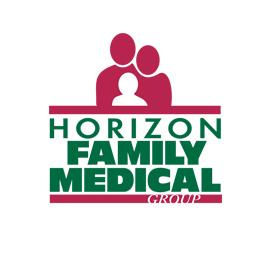The terms ‘heart attack’ and ‘sudden cardiac arrest’ (SCA) are often used interchangeably, but they are distinctly different medical emergencies. While both concern the heart, their causes, symptoms, and necessary responses can vary significantly. Being informed about these differences can be the key to saving a life.
Key Differences:
- Cause: A heart attack, or myocardial infarction, occurs when blood flow to a section of the heart muscle becomes blocked, usually due to a buildup of fat, cholesterol, and other substances, forming a plaque in the arteries. If not restored, the affected portion begins to die. In contrast, SCA happens when the heart’s electrical system malfunctions, causing it to suddenly stop beating. This can be the result of previous heart attacks, genetics, or other unknown causes.
- Symptoms: Prior to a heart attack, many experience chest discomfort, shortness of breath, cold sweat, nausea, or lightheadedness. SCA, however, strikes without warning. It’s immediate and drastic, leading to a sudden loss of responsiveness and normal breathing.
- Heart Activity: During a heart attack, the heart typically continues to beat. With SCA, the heart stops beating altogether.
- Duration: Heart attacks can start slowly and persist for hours, allowing time to seek medical assistance. An SCA is instantaneous, leaving mere minutes for intervention.
Responding to Sudden Cardiac Arrest:
Given the swift nature of SCA, immediate action is crucial. Here’s what to do:
- Call for Help: Dial emergency services immediately or ask someone else to do so.
- Begin CPR: Start hands-only CPR. Push hard and fast in the center of the chest, aiming for 100-120 compressions per minute.
- Use an AED: If available, use an Automated External Defibrillator. This device can shock the heart back into rhythm. Follow the voice prompts carefully.
- Continue Assistance: Keep providing aid until the person shows signs of life or professional medical help arrives.
Both heart attacks and sudden cardiac arrests are life-threatening emergencies; recognizing their differences is crucial. With SCA, every second counts, and understanding the correct immediate response can be the difference between life and death. Always prioritize learning basic life-saving skills, such as CPR and AED usage—it’s knowledge that could save a loved one.

